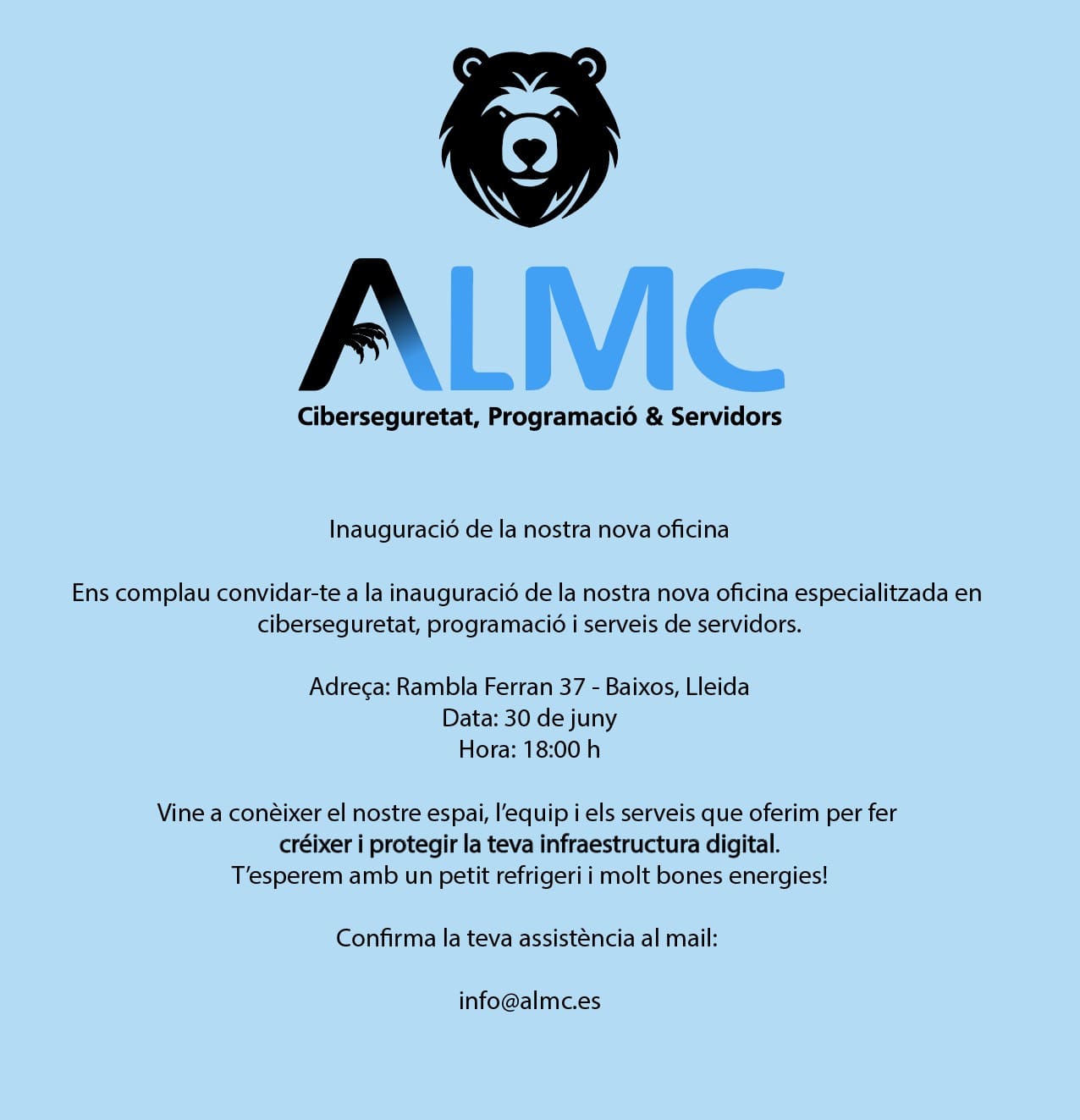Performance Optimization
ALMC - Cybersecurity
Performance Optimization
Sustained performance: controlled p95, lower cost per 1k req and SRE with measurable SLOs.
Volver a Servers
Overview
We improve end-to-end performance with an SRE approach: service SLOs and the four golden signals (latency, traffic, errors, saturation). We reduce p95/p99, cost per 1k requests and release variability through advanced observability (APM, distributed tracing, metrics and logs), continuous profiling, and MySQL plus application tuning. We set performance budgets, prevent regressions with load tests and canaries, and enforce self-checks in each release to keep the experience fast and stable.
We cover web and mobile apps, microservices (Node.js, Java, .NET, Python), APIs, queues and workers; databases (MySQL as the focus, also PostgreSQL), caching layers (Redis, Memcached), reverse proxies and load balancers (Nginx), orchestrators (Kubernetes) and cloud (AWS, Azure, GCP). We tune MySQL (InnoDB) with key parameters such as innodb_buffer_pool_size, innodb_log_file_size, innodb_flush_log_at_trx_commit, and parallelize reads/writes when suitable. We review schemas, cardinality and composite indexes under the leftmost-prefix rule, N+1 queries, costly paginations and plan drift.
We instrument with OpenTelemetry or equivalent APM to get RED and USE metrics, p50/p95/p99, error rate, queue depths, CPU/memory saturation, I/O and MySQL metrics (threads, buffer pool, locks, query latency, TPS). We enable the slow query log, performance_schema and sys to locate contention. We correlate traces with deployments and config changes. We compute SLO burn rate to alert before breaches and prescribe actions.
SLO- and anomaly-based alerts: p95 above target, error rate spikes, sustained saturation, slow-query surges, cache hit-ratio drops, cost drifts and release regressions. Intelligent suppression to avoid noise and routing by business impact with clear escalation.
Incident response
P1
Critical degradation or outage due to contention. Immediate mitigation: rollback or feature flag, resource isolation, urgent scale-up and executive comms.
P2
Moderate regression. Hotfix, index and parameter tuning, cache warming and traffic rebalancing with no major impact.
Post-mortem
Root cause verified, preventive actions, non-regression tests, runbook improvements and SLO validation in production.
Self-healing
Automation focused on stability and cost, with human control at risk milestones.
Key capabilities
Distributed traces, APM, metrics and logs correlated with deployments. Per-service boards with p50/p95/p99, error rate and saturation. RUM and synthetic monitoring to detect real-world degradations.
Index design (covering and composite), EXPLAIN and optimizer trace, fewer random reads, prepared statements, N+1 removal, partitioning when useful and InnoDB parameter tuning for sustained OLTP loads.
Client, edge, app and DB caching, deterministic keys, safe invalidation, adequate TTLs and compression. Designed for high hit ratio without inconsistency.
HPA/VPA, connection pools, per-service limits, contention control and priority queues. Sharding and read replicas when they add value.
Strategies for LCP, INP and CLS: code splitting, lazy loading, HTTP/2, compression, preload and prioritisation of critical resources. Real measurement with RUM and goals per market.
Idempotent design, timeouts, retries with backoff and batch isolation. Observability by endpoint and by operation, with negotiated traffic limits.
Load, stress and resilience tests with realistic scenarios, anonymised data and variability. Baselines, saturation curves, operating limits and CI/CD guardrails.
Service SLOs and targets, error-budget management, release gates, performance audits and monthly executive reporting.
Operational KPIs
| Metric | Target | Current | Comment |
|---|---|---|---|
| API p95 latency | <= 300 ms | 280 ms | SQL tuning, caches and right-sized resources. |
| Error rate | <= 0.10% | 0.07% | Retries with backoff and circuit breakers. |
| Cost per 1k requests | <= €0.45 | €0.39 | Autoscaling and removal of wasteful work. |
| Queries > 200 ms without index | <= 1.0% | 0.6% | Covering indexes and prepared statements. |
Summary
Predictable performance, lower cost and fewer incidents. We reduce p95/p99, stabilise throughput and protect the error budget with SRE practices. Request a guided performance assessment and get a prioritised, actionable improvement plan.



